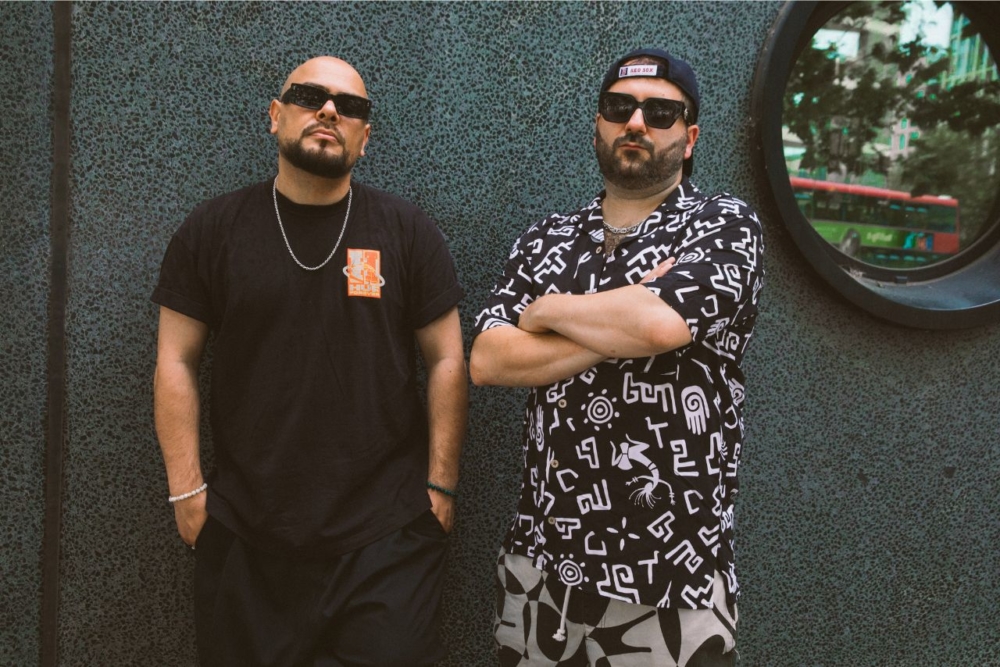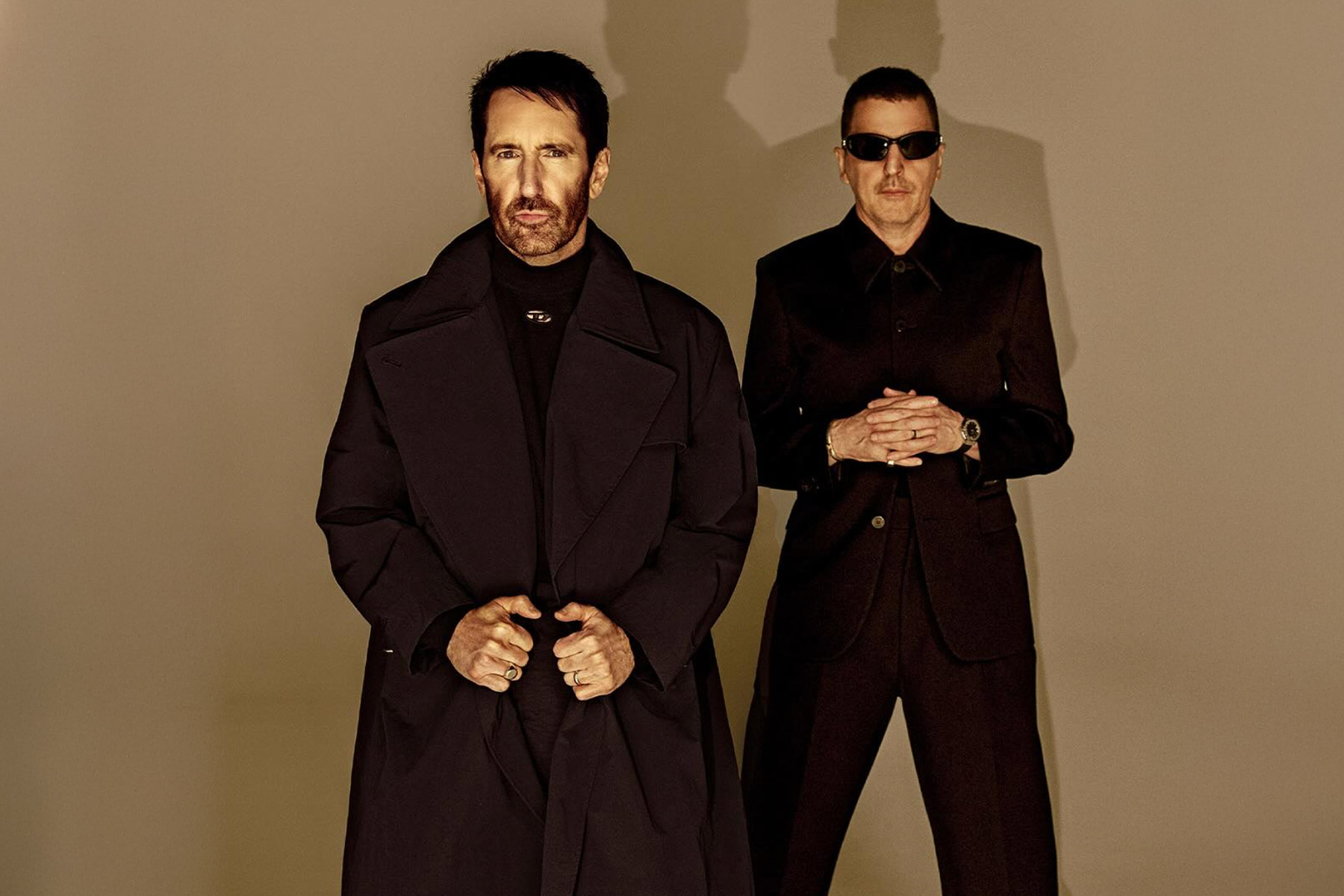Known for producing house music with a unique, bumpy sound that is perfect for clubs, this group draws inspiration from the diverse cultural influences of London, where they are based. Their sound is shaped by their experiences listening to pirate radio, attending legendary nights at venues like Fabric and Ministry of Sound, and being influenced by early grime artists such as Dizzee Rascal and Kano. As producers, songwriters, and multi-instrumentalists, the tight-knit group is full of boundless talent and creativity, which has helped them cultivate a sound from a broad sonic palette.
London-based duo just released their sixth record under Diplo’s house and techno label Higher Ground. The single, titled ‘Mirror,’ features the soulful vocals of Indira May and is now available for streaming and download.
To mark the release of their latest single JADED shares five studio tips to help create more vibing music.
1. Take the time to organize all your favorite tools
Organize all your go-to favorite plugins in one place so that when you start cooking up, you can just quickly access them. We have a “Go To” folder in Logic Pro X where all of our fave Eqs, compressors, delays, synths, etc, are organized. It takes 10 minutes to organize ONCE, and then it saves hours in the studio. We also have certain plugins like Logic EQ on all channels with a low-cut setting as the default so that when we put it on, it instantly removes all the unwanted noise. Nobody needs 50Hz on a hi-hat or trumpets. We don’t really believe in templates, as they get boring really fast. We prefer to just have our sounds organized and to be able to reach them quickly. Plugsearch is also a very useful plugin if you are a Logic Pro X user.
2. Expand your Stereo width
Stereo width is something that is usually disregarded in underground club music as everyone is so focused on making sure the bass and drums sound good in mono, as most club sound systems are in mono. However, this causes a problem when we try to place sounds in the right place to not interfere with the mono kick and bass. We like our mixes wide and we have a few ways of achieving that. Our go-to tool for this is Logic’s Sample Delay plugin which basically creates a few milliseconds of delay between the right and left signals (don’t go above 250ms). This gives the illusion of width and opens up the middle for those beefy low ends and vocals. We also like to use Ozone stereo imager to expand the stereo width.
3. Stack your live instrumentation like Stevie Wonder
We love recording live instruments—especially Trumpets, in case you hadn’t noticed haha! The problem with live instruments is that they sound kinda underwhelming when you just record them on their own as a single instrument. It’s all about how it’s processed. We are massive Stevie Wonder fans and are obsessed with the tone, arrangement, and the mix of his horn sections. Whenever we make a JADED tune, we think to ourselves, how would Stevie do it? Well, he always stacks his horns, but we don’t have the luxury of hiring a full brass band, so we usually get one trumpet player in and record lots of stacks from him and then use Little Alterboy and Soundshifter to pitch those recordings up or down to create trombone and saxophone sounding layers. It’s not perfect, but if you mix it right with some dub delay, you can get some tasty results. It’s also great for creating harmonies that are literally impossible for a trumpet player to play, as they might be too low or too high for them. Work smart, not hard.
4. Work standing up!
We are making music, not working at an office. We have a standing desk setup at the studio, and all of our synths, drum machines, and percussions are set up for working standing. We find that this method breaks up the boring vibe of a session where everyone is sat down behind a desk. It creates more motion in the room, and energy flows much better during the sessions. It’s also better for songwriters who usually spend most of the session staring at the back of a producer’s sweaty head. Also, making music standing is closer to how we perform our DJ sets, so we are constantly dancing and vibing! I mean we are making dance music at the end of the day.
5. Using DJ effects in the production is underrated
Finally, using DJ effects during the production process is a hack that can’t be ignored. When we produce, we like to visualize what the song would sound and feel like if played at a club or festival. Luckily Logic Pro X came up with a plugin called Remix Fx that basically has all the standard DJ mixer effects in one place. Imagine low-cutting the whole tune as you’re building up the delay and bit-crushing the mix just before the drop! It’s hours of endless fun, and you can basically make a whole tune using an 8-bar loop. It can also help with ideas for arrangements and lucky accidents. Just remember the same rule applies as if you are DJing live, don’t overdo it with the effects.

JADED’s ‘Mirror’ is now available via Higher Ground. Stream and buy here.
Follow JADED: Facebook | Instagram | Spotify | Twitter | Youtube








